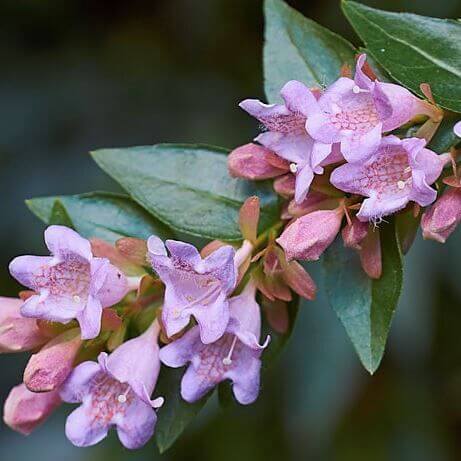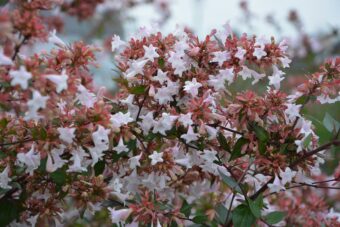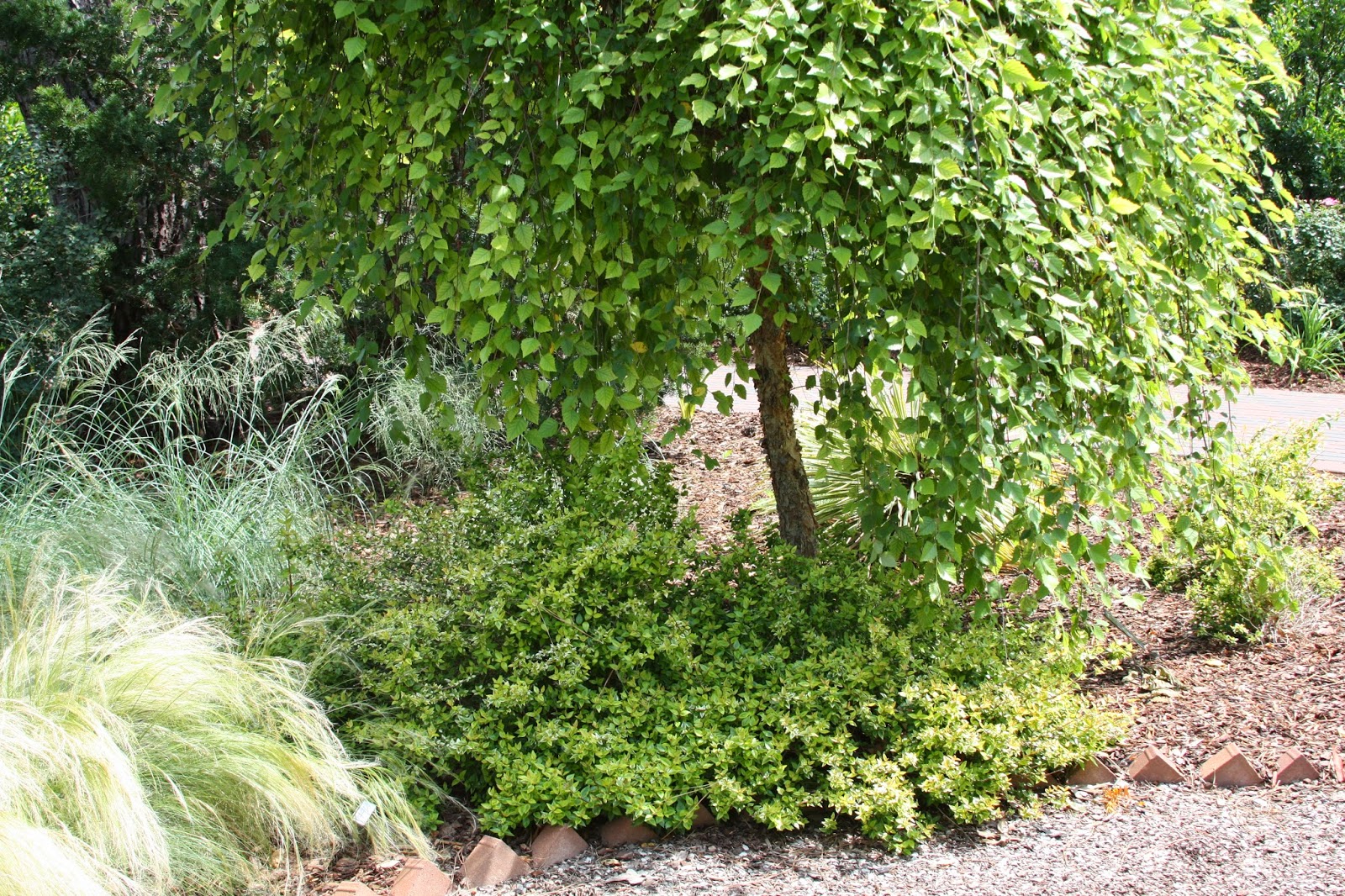How To Grow
Title: How to Grow
Introduction:
Have you ever wondered how to grow? Whether you're talking about physical growth, personal growth, or professional growth, there are a few key things you can do to maximize your potential. In this blog post, we'll discuss some of the most important factors that contribute to growth, and offer some tips on how you can put them into practice.
Main Content:
Here are some of the key factors that contribute to growth:
- Good nutrition: Your body needs the right nutrients to support growth. Make sure you're eating a balanced diet that includes plenty of fruits, vegetables, and whole grains.
- Exercise: Exercise helps to build muscle and bone mass, which can lead to increased height and overall size. Aim for at least 30 minutes of moderate-intensity exercise most days of the week.
- Sleep: Sleep is essential for growth and development. During sleep, your body produces growth hormone, which helps to repair cells and tissues. Aim for 8-10 hours of sleep each night.
- Stress management: Stress can interfere with growth. Find healthy ways to manage stress, such as exercise, yoga, or meditation.
- Positive attitude: A positive attitude can go a long way towards promoting growth. Believe in yourself and your abilities, and don't be afraid to set goals and challenge yourself.
Conclusion:
Following these tips can help you maximize your potential for growth. Remember, growth is a lifelong process. By taking care of your physical and mental health, you can continue to grow and develop throughout your life.
Abelia schumannii is a beautiful, semi-evergreen shrub that is native to China. It is known for its fragrant, lilac-pink flowers that bloom from July to September. Abelia schumannii is also a relatively low-maintenance plant, making it a good choice for busy gardeners.
If you are interested in learning more about abelia schumannii, please visit Home Gardening. This website provides detailed information about the plant's care, propagation, and uses. You can also find photos and videos of abelia schumannii in bloom.
FAQ of abelia schumannii
What is Abelia schumannii? Abelia schumannii is a semi-evergreen shrub that is native to China. It is known for its fragrant, lilac-pink flowers that bloom in late summer and autumn. The plant grows to be about 2 meters tall and wide, and it has small, oval leaves that are green with a bronze tint when they first emerge. Abelia schumannii is a relatively easy plant to care for, and it is tolerant of a wide range of conditions.
Where can I plant Abelia schumannii? Abelia schumannii can be planted in full sun or partial shade. It prefers moist, well-drained soil. The plant is hardy in USDA zones 6-9, so it can be grown in most parts of the United States.
How do I care for Abelia schumannii? Abelia schumannii is a low-maintenance plant. It should be watered regularly, especially during hot, dry weather. The plant should be fertilized once a year in spring with a balanced fertilizer. Abelia schumannii does not need to be pruned often, but it can be pruned in spring to shape the plant or to remove dead or damaged branches.
What are some pests and diseases that affect Abelia schumannii? Abelia schumannii is susceptible to a few pests and diseases, including aphids, scale insects, and powdery mildew. Aphids can be controlled with insecticidal soap or neem oil. Scale insects can be removed with a cotton swab dipped in rubbing alcohol. Powdery mildew can be prevented by watering the plant at the base and avoiding overhead watering.
How can I propagate Abelia schumannii? Abelia schumannii can be propagated by cuttings or by layering. To propagate by cuttings, take 4-6 inch cuttings from the current season's growth in early summer. Dip the cuttings in rooting hormone and plant them in a well-drained potting mix. Keep the cuttings moist and in a warm, sunny location. The cuttings should root in about 4-6 weeks. To propagate by layering, bend a lower branch to the ground and cover it with soil. The branch will eventually root and can be cut from the parent plant.
What are some tips for using Abelia schumannii in the landscape? Abelia schumannii can be used in a variety of ways in the landscape. It can be planted as a single specimen, in a shrub border, or in a hedge. The plant can also be used in containers on patios or decks. Abelia schumannii is a versatile plant that can add beauty and interest to any landscape.
Image of abelia schumannii
10 different images of Abelia schumannii that are free to use:
- Abelia schumannii in full bloom. The flowers are white-tinged pink and bell-shaped.

- A close-up of Abelia schumannii flowers. The flowers are fragrant and have a long blooming period.
- Abelia schumannii foliage. The leaves are ovate, glossy, and dark green. They turn purplish-bronze in autumn.

- A young Abelia schumannii plant. The plant has a compact shape and is suitable for containers or mass planting.

- A mature Abelia schumannii plant. The plant can grow up to 6 feet tall and wide.

- Abelia schumannii growing in a hedge. The plant is often used as a hedge or border.

- Abelia schumannii growing in a container. The plant is also suitable for container planting.

- Abelia schumannii in a woodland garden. The plant can tolerate some shade and is suitable for woodland gardens.
- Abelia schumannii in a pollinator garden. The plant is attractive to bees and butterflies.
- Abelia schumannii in a winter garden. The plant's leaves turn purplish-bronze in autumn and provide interest in the winter garden.




Post a Comment for "How To Grow"